



Occasionally patients in the ER exhibit rhythms that we find slightly concerning – you know what I’m talking about - A-fib, V-tach, Asystole, V-fib.

Well today I wanted to talk about ventricular fibrillation and how sometimes people just won’t convert or they convert and decide not to maintain an acceptable rhythm - the kind of rhythm their parents would be proud of, you know? Instead they live in their parent's basement and continue rebelling against normal hemodynamic stability. Some people call it a phase but after at least 3 defibrillation attempts, 3 mg of epi, and 300mg of amiodarone, and 10 minutes of CPR, ITS REFRACTORY V-FIB.
You can throw joules upon joules at these people until you feel like…
That's a Pikachu for all of the octogenarians in the room. Its funny because it shocks things with electrici....ah oh well its too much to explain. Moving on.
After a prolonged code where it feels like Thor’s hammer of code cart driven medical justice has still had no effect upon the situation and you are out of options, you, the astute clinician, have another trick up your sleeve:
ESMOLOL. Now the idea of using a beta-blocker is to quell the CATECHOLAMINE STORM currently creating a synergistic cyclone within your patient’s body. This storm increases myocardial oxygen requirements, ischemic injury, lowers Vfib threshold, and disrupts myocardial function. Esmolol is nice because it works quickly and has a short half life in the event that you have severely miscalculated.
A study by Driver et al. from 2014 used a loading dose of 500 mcg/kg bolus followed by an infusion. 50% of patients (3 out of 6) who received esmolol survived to discharge with favorable neurologic outcome. ALL SIX OF THEM ACHIEVED SOME ROSC. This is opposed to 11% survival (2 out of 19) of the control group who received no esmolol.
Like all medical studies where your patients are extremely critical and essentially moribund with an uncommon presentation, the quantity of patients included is weak.

Another group in Korea (Lee et al.) published a study in 2016 that compared 16 refractory VF patients who received esmolol versus 25 who did not and found higher rates of temporary ROSC, sustained ROSC, and survival to the ICU. These studies are promising and hopefully more are on the way.
What's your point? These refractory VF patients likely need a cardiac catheterization more than anything else. The more you can do in the ER to stabilize them to revascularization of the vessel that precipitated their refractory VF electrical storm, the better. Esmolol should be a strong consideration in these rare situations.
Learn more: https://empharmd.blogspot.com/2017/03/revisiting-esmolol-for-refractory.html?m=1
https://www.emrap.org/episode/badbleedsinthe/3treatmentsfor
Driver BE, Debaty G, Plummer DW, Smith SW. Use of esmolol after failure of standard cardiopulmonary resuscitation to treat patients with refractory ventricular fibrillation. Resuscitation. 2014;85:1337-1341.
Lee YH, et al. Refractory ventricular fibrillation treated with esmolol. Resuscitation. 2016;107:150-155.
I encountered the question from an inquisitive junior resident of whether two 16 gauge catheters would infuse blood products more quickly than a single 8.5 Fr cordis during a trauma resuscitation.
While cars and computers continue to break power records well into the 21st century, did you know the golden age of Super Soakers passed us in the late 90s?
Back then water gun companies sought to create the biggest, most obnoxious, and borderline injurious toys imaginable. As a result some of the most heinous and drenching devices were released that left you soggy and consulting plastics for a skin graft.
Using two of these legendary “toys” (read: weapons of watery destruction), I’m going to highlight a point of flow that applies to trauma.
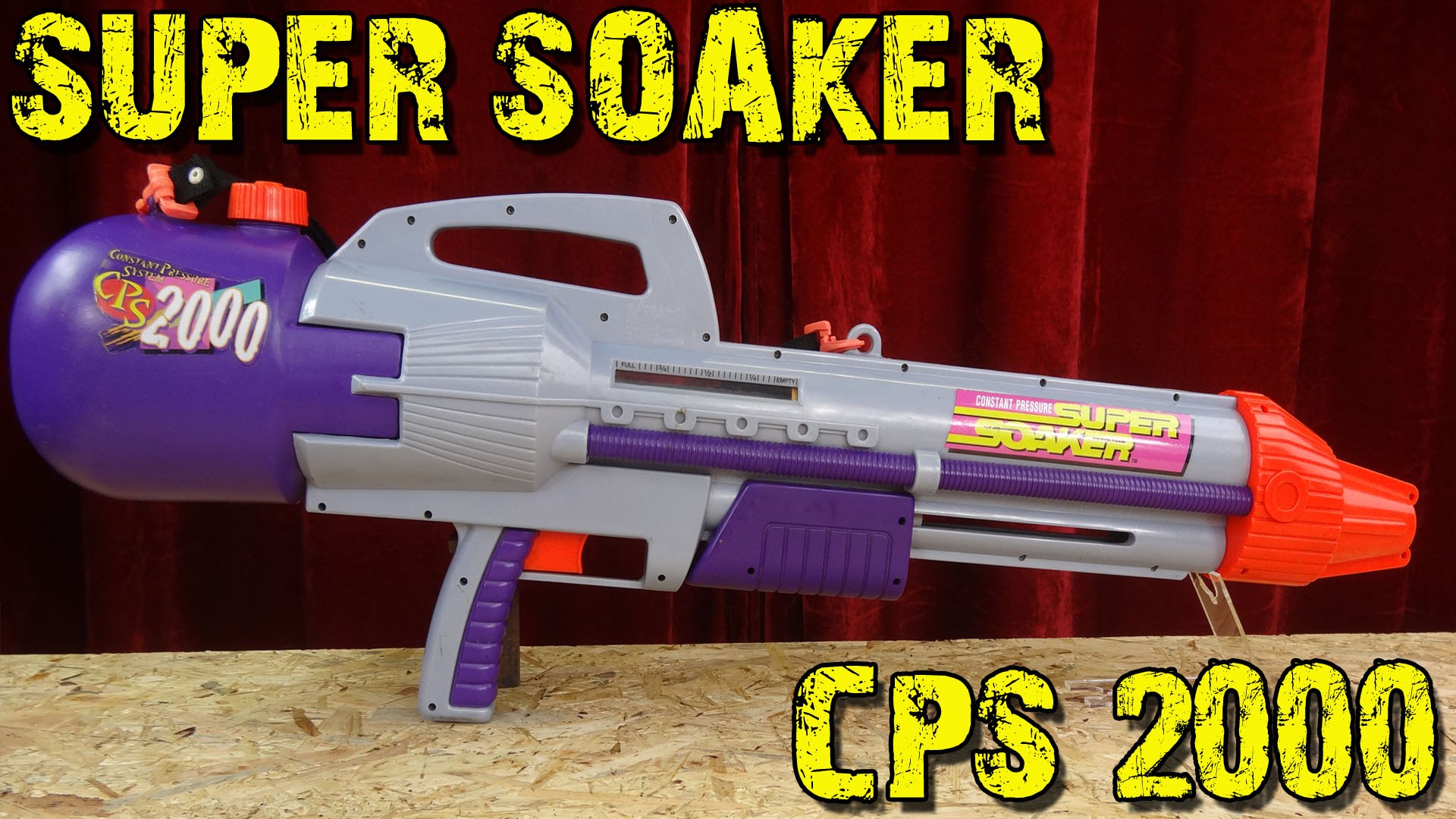
One of the most powerful water guns was the Super Soaker CPS 2000. It was released in 1996 and launched a liter of water approximately 50 feet with a single pull of the trigger. It is vicious in its simplicity. It had a single barrel and would discharge nearly one liter per second. It would be discontinued and replaced after a year or so by weaker versions due to multiple reports of injuries. Worried mothers rejoiced in the streets. Its fastest rate: 849 mL/sec.
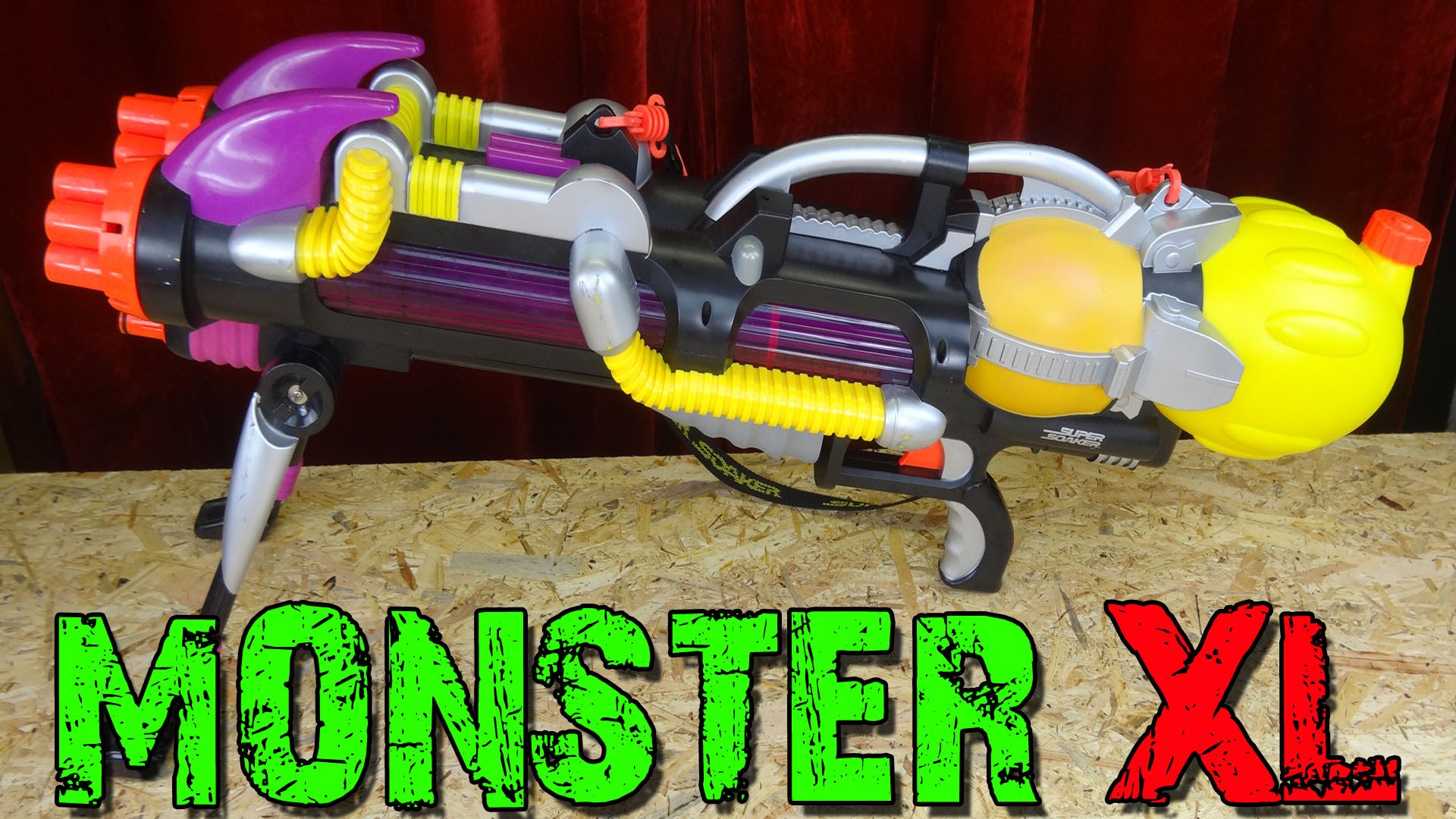
Later on in 2000, the Super Soaker Monster XL was unleashed. It holds a record for being the largest single-piece water blaster and was truly a marvel in 90’s technology. It came with a bipod, a 3.6L tank, and two barrels. The sad news is that though it is bigger and meaner looking, it would take 30 pumps before you would be able to use it adequately and it still did not pack the same punch as the original CPS 2000. Its shear weight alone prepared scores of millennials for the impending burden of student loans and housing debt. Its fastest rate: 591 mL/sec. Perhaps the number of barrels were to blame.
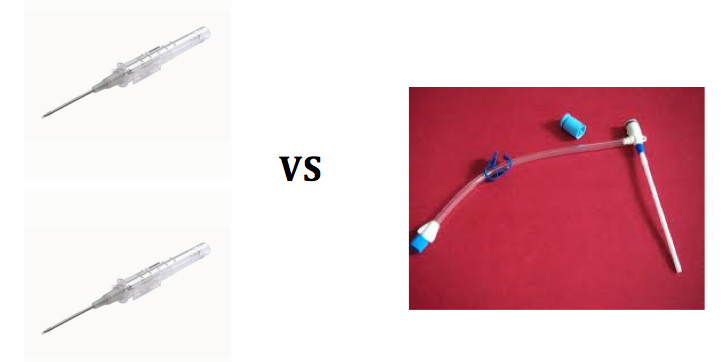
In this contest of two classic water guns, we see why the cordis has a better flow rate than other types of vascular access – say two 16 gauge needles. An ETM test (link below) using a rapid infuser found that a 7 Fr cordis can infuse one liter of fluid in under a minute. It took 46 seconds when a 8.5 Fr cordis was used. At 2.8 mm in diameter, this is approximately a 12 gauge needle in size. The 16 gauge would require two minutes and 20 seconds. Even using two lines that would be 70 seconds assuming the same conditions.
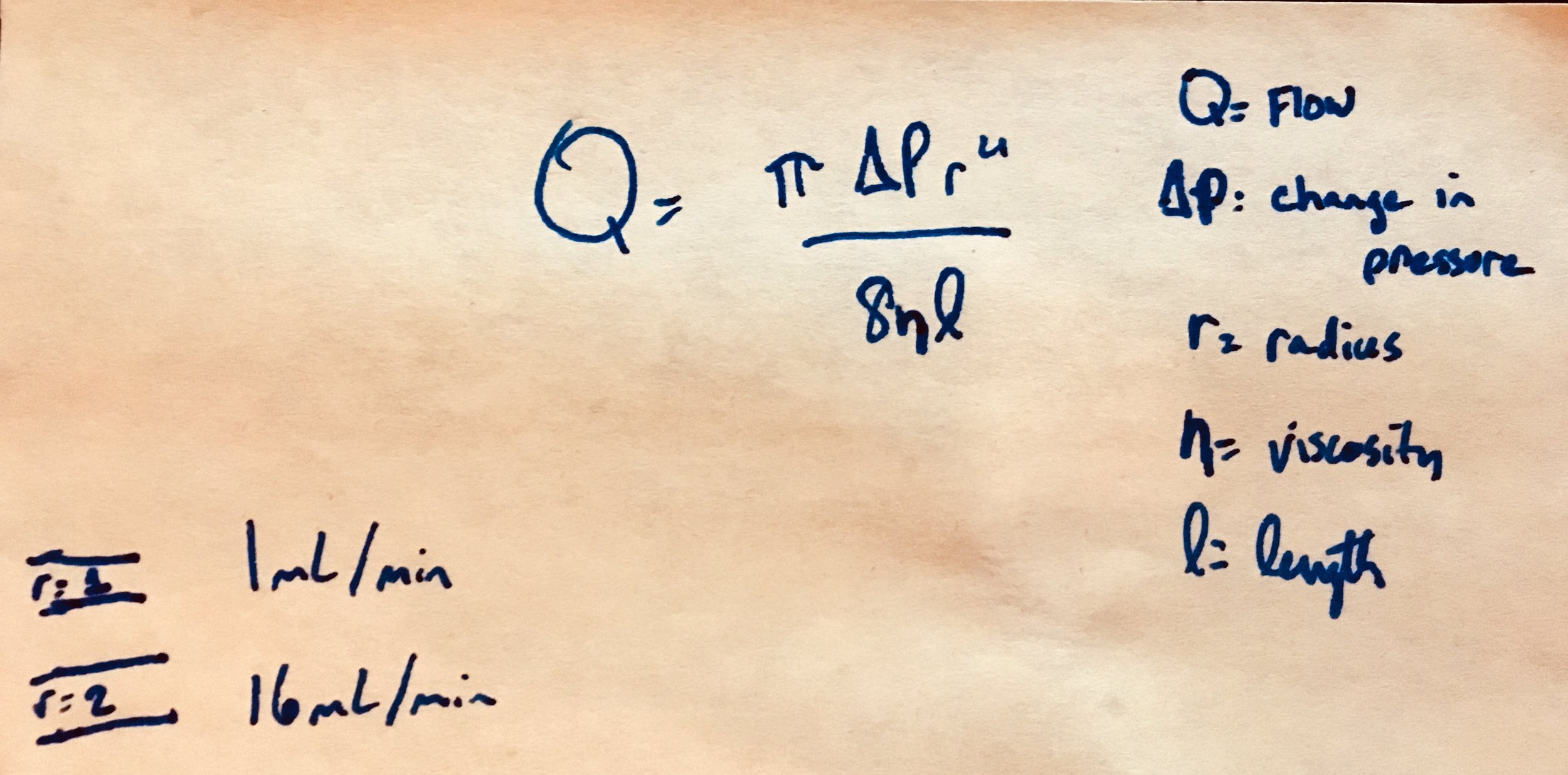
A single 16 gauge has a diameter of 1.2 mm. The difference between it and a 8.5 Fr cordis is 1.6 mm but the effect of the radius on flow is exponentially larger due to Poiseuille’s law.
Though a sufficiently intelligent rapid infuser might even the playing field, I will stick to the cordis.
Well, just to let you know how far we have come in 2018, here is a modern water gun:
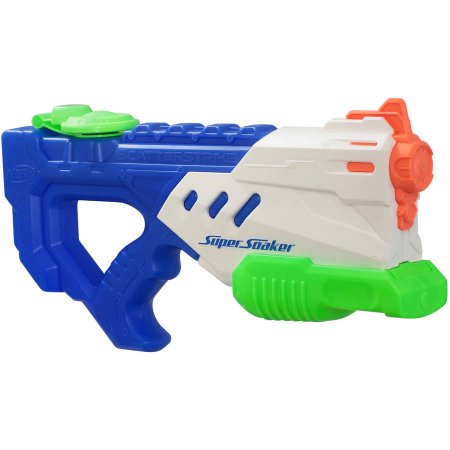
Strong work generation Z. At least you still have to go outside to play with this.
Some further reading:
For the direct flow test please see ETM’s showdown: http://etmcourse.com/large-bore-iv-access-showdown/
https://icurounds65.wordpress.com/2013/11/07/venous-access-for-fluid-resuscitation-you-dont-need-a-central-line/
http://emupdates.com/2009/11/25/flow-rates-of-various-vascular-catheters/